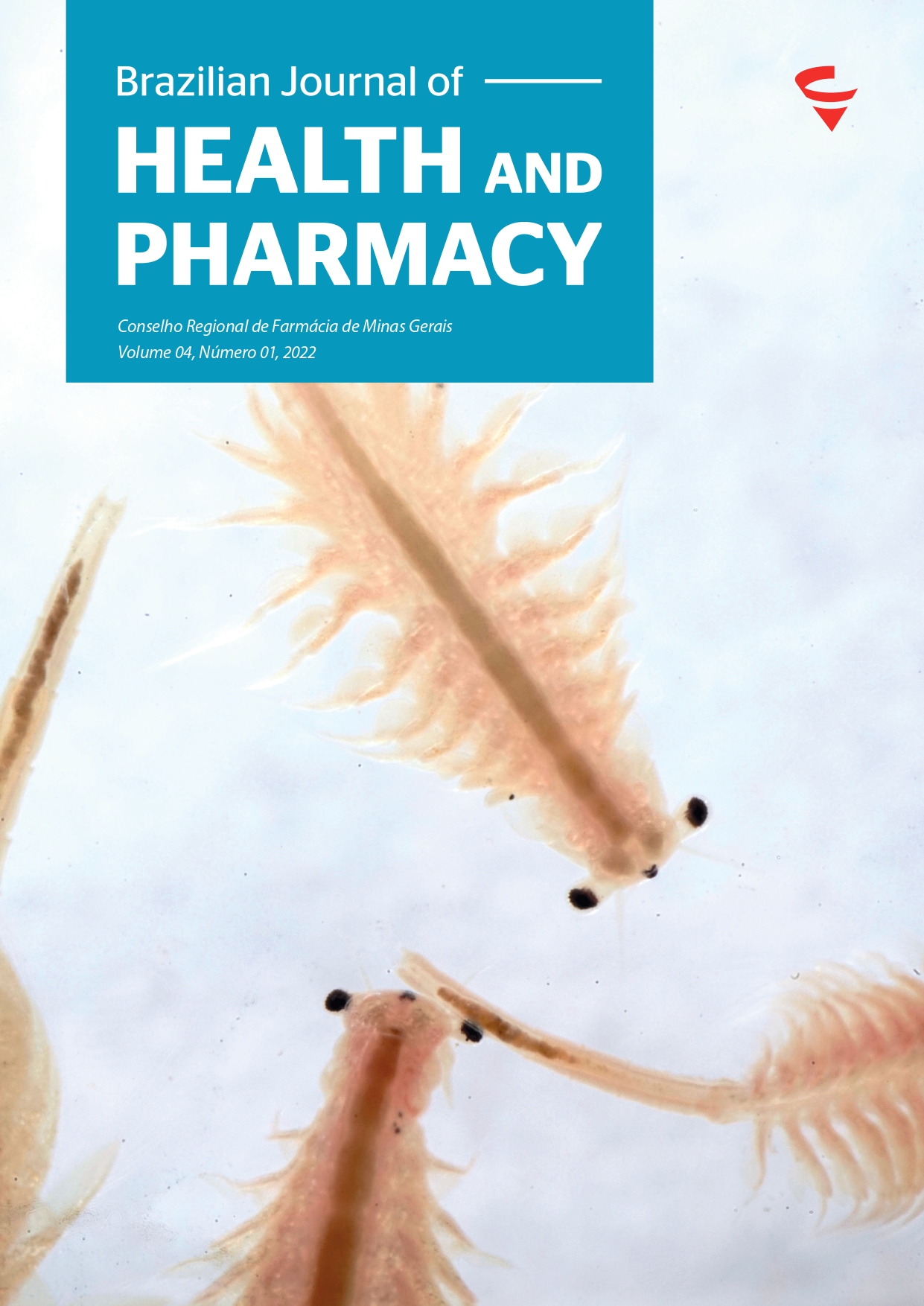Abstract
Bacterial resistance to available antimicrobials has become a serious public health problem worldwide, as in addition to the difficulty in treating infectious diseases, it represents a great burden for the public health system. The present study aimed to evaluate an antibacterial activity of extracts from leaves and bark of Eucalyptus globulus Labill. against Escherichia coli and Staphylococcus aureus. The extracts of leaves and bark were obtained by dynamic maceration with an ultrasound bath. The analysis of the antibacterial activity of the extracts was performed using the disk diffusion method in MuellerHinton Agar. The results found in the analysis of the ethanol extract data showed that Eucalyptus globulus has antibacterial activity on Staphylococcus aureus, at a concentration of 10 mg/mL, with diameters of inhibition halos of 10 mm and 9 mm, for leaves and bark, respectively. In the analysis of data for Escherichia coli, only the ethanol extract of the 10 mg/mL bark has antibacterial activity, with an inhibition halo of 18 mm. The results demonstrated the antimicrobial potential of Eucalyptus globulus leaf and bark extracts and broaden the species’ biological action spectrum, in addition to contributing to the development of future research with Eucalyptus globulus, such as detailed investigation of the chemical composition and determination of minimum inhibitory concentration aiming to investigate the antimicrobial action of the species. In addition, this study contributes to the appreciation of plant species from Minas Gerais biodiversity.

